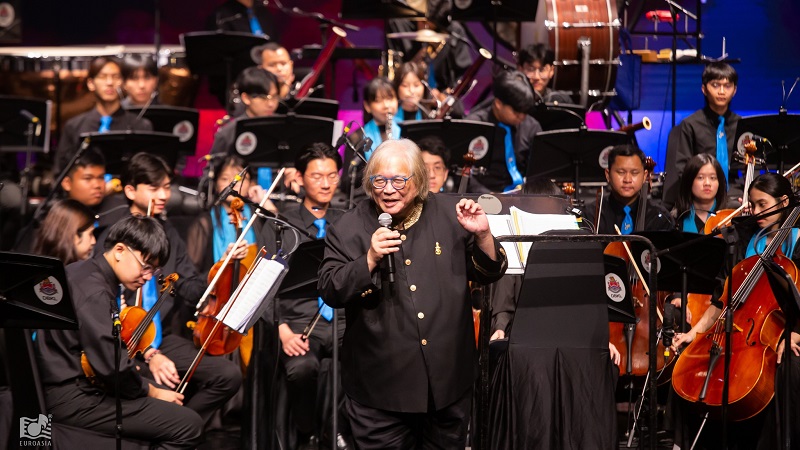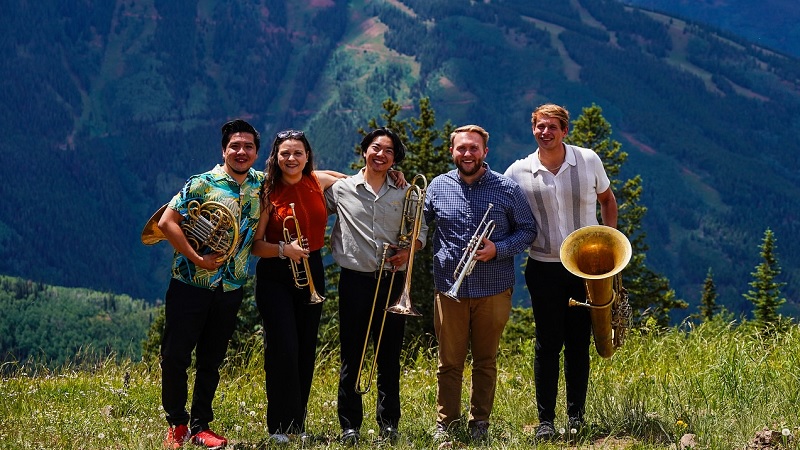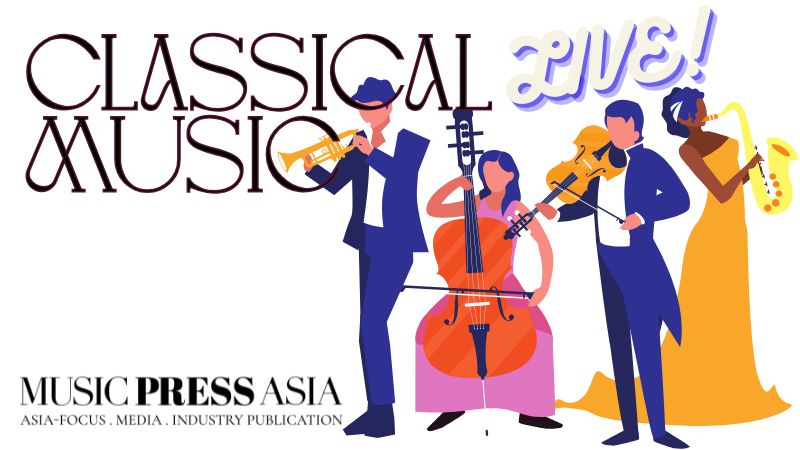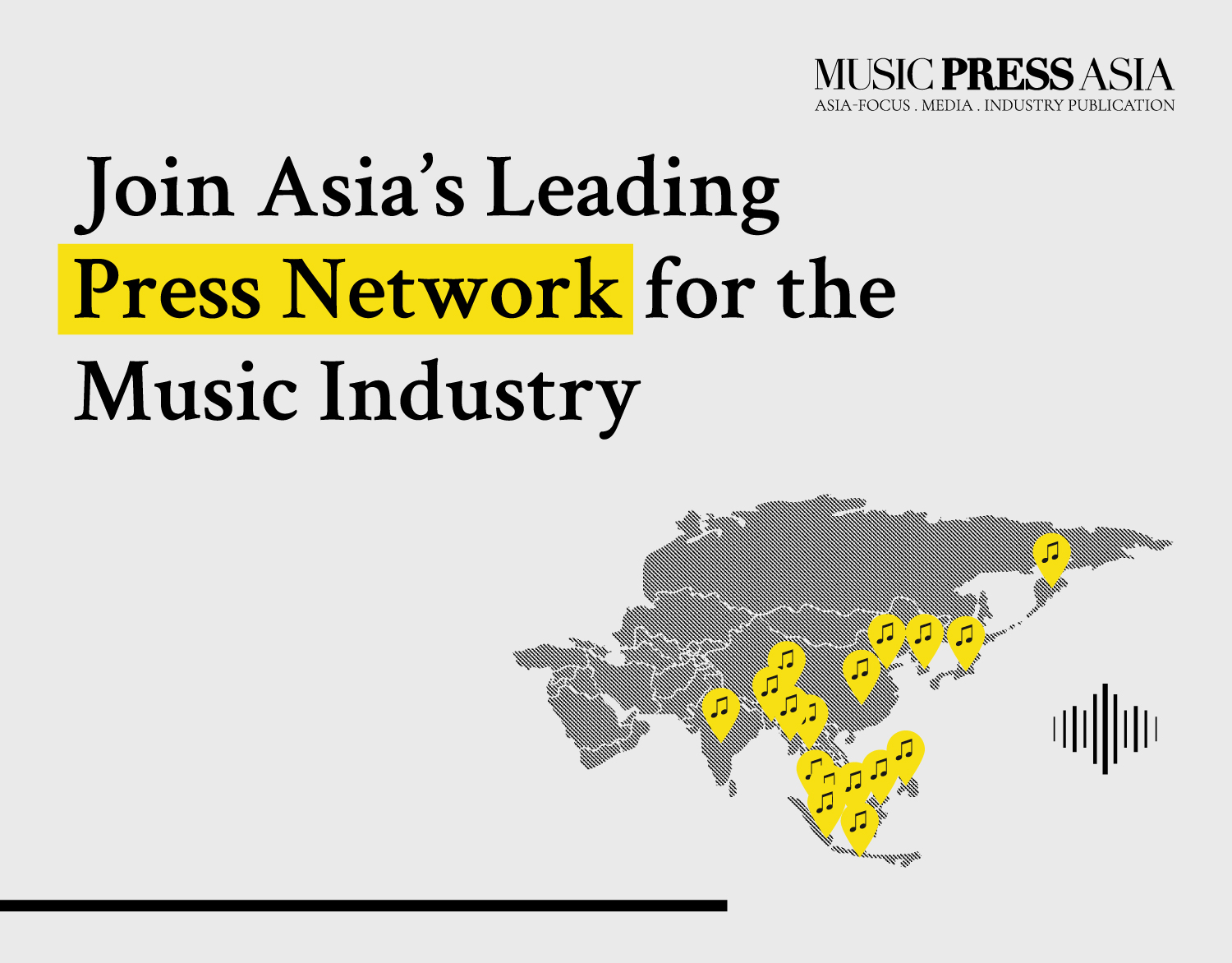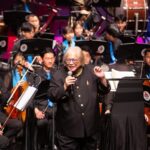Harbin: The Music City of the Future
Country-focus: In this music feature, we zoom into one of China’s modern city, Harbin. Listed by the United Nation as a ‘music city’ in 2010, it has limitless opportunity where classical music is has played a huge part in its cultural strategic relations with others.
Country-focus: In this music feature, we zoom into one of China’s modern city, Harbin. Listed by the United Nation as a ‘music city’ in 2010, it has limitless opportunity where classical music is has played a huge part in its cultural strategic relations with others.

Image by Hufton+Crow.
Harbin, the capital of HeiLongJiang, is a city situated in the northernmost province of China. During the late 19th century, it was widely known as the commercial and industrial hub most synonymous to the Trans-Siberian Railway; when the Chinese Eastern Railway was built there, Harbin was regularly frequented by Russian engineers. With over 4,5 million population, not even its extreme winter weather can stop its revolution in culture and tourism and sees the city moving on as an industrial era in the 21st century.
So what else has changed every since the eastern leg of the Trans-Siberian Railroad was built? As we highlight some of the largest project in Harbin, bear in mind that these are also some of the most prestigious event, longest-running music programs and institution the country has ever managed. Here, we witness a city that has gradually grew not only in size but a fluid expansion of its culture that continues to drive the city forward economically, artistically and culturally.
ARCHITECTURE & SUSTAINABILITY // Harbin Grand Theatre // Becoming the first city in Asia named ‘Music City’ by the United Nations in 2010, Harbin remains the only one in China to carry this title. And to garner further awe and cultural potential, the city’s municipal government over the course of just a few years decided that a ‘Harbin Grand Theatre’ is to be added to the skyline, a monument leading the nation’s artistic grandeur that would eventually play a huge role in the subject of sustainability alongside culture. A theatre that would grasp the hearts of its music loving inhabitants.
Situated on the north bank of Songhua river, at the very epicentre of the Sun Island scenic area, in an amplitude of streams and wetland landscape stands the Harbin Grand Theatre. In close proximity to the prominent Siberian Tiger Park, the cultural site covers a total of 79,000 square meters; spanning an area of mountains, hills and valleys often sang about in its local poems and songs.
In order to demonstrate its knowledge, experience and technique over extravagance, MAD Architects the architectural firm that was commissioned to design the complex, decided that sustainability should be at the core of what would eventually be used to build it; using glass fibre reinforced cement (GRC), root wood from Manchurian ash, Lu Ban China steel structure and solid wood weighing over 7,000 tons, equivalent to the weight of the Eiffel Tower in Paris, France.
As if sculpted by water and wind, the building appears to blend in with nature and topography of the wetlands in the surrounding area, and resembles a silver ribbon in the summer sky; melts with the snowy landscape in the winter. From within, the structure design allows a natural flow of daylight, thus being the first theatre in the world to employ new energy saving model.
The venue celebrated its opening in March 2016. Today, it has curated over one hundred years of performance history and continues to be China’s largest cultural powerhouse, especially in the eastern and western classical music scene. Click here for its event calendar and programs.
Architect: MAD Architecture
Directors: Ma Yansong, Dang Qun, Yosuke Hayano
Associate Engineers: Beijing Institute of Architectural Design
Project Year: 2015
MUSIC COMPETITION // The International Music Competition Harbin// Co-hosted by Harbin Conservatory of Music and Harbin Municipal Governments, the second edition of the competition was held last in 2019. With top award cash prize starting from US$50,000, its application within the piano, violin, vocals and composition category drew over 350 contestants from 31 countries and regions.
With invitation of its jury members extended to 29 professional and renowned musicians and representatives from as far as Europe, the US, China and Russia including the Metropolitan Opera House (the U.S.), Paris Opera (France), Royal Opera House (London), just to name a few. Other prominent musicians as judges include Chiri Tekanava, Victor Tretyakov and Dang Thai Son.
These partnerships, among all else, has established musical education of international standard and cultural exchange between countries.

EDUCATION of HIGHER LEARNING // Harbin Conservatory of Music// HCM is a non-profit public higher-education institution located in the large metropolis of Harbin. Officially recognised by the Department of Education of the Heilongjiang Province, Harbin Conservatory of Music (HCM) is a coeducational Chinese higher education institution located in the SongBei district of Harbin. And is the only independent establishing state-run institution of higher learning for arts of Heilongjiang Province.
HCM offers a doctor’s degree awarded authority in two disciplines, a master’s degree award authority in two disciplines and professional master’s degree in arts. The Conservatory has departments of musicology, composition, vocal music and opera, traditional Chinese vocal music, orchestral instruments, traditional Chinese instruments, and piano, with three majors of musicology, Composition and Theories of Composition, and music performance, and with nine major training orientations.
Today, the Conservatory’s faculties has 71 full-time teachers, among whom 63 are Chinese with four doctorial tutors, 24 master tutors, 3 experts enjoying the special government allowance, and 8 Russians with vice-doctorate and 4 associate professors. Chinese teachers are undertaking seven national social science fund projects.

Equipped with a music hall, its grounds holds 294 piano rooms and 9 functional rehearsal halls. Its top facilities include 300 Steinway & Son pianos. With an emphasis on a feature-oriented model of education, it takes its cooperation with Russia seriously; establishing a firm and wide-ranging methodology in areas including teaching, research, creative and performance. Click here for the Harbin Conservatory of Music programs and courses.
HUB FOR CLASSICAL MUSIC // Harbin Symphony Orchestra// For over a hundred years, it is the old Symphonic Orchestra that has been the cultural forefront of its city’s annual celebration. In 1908, China’s first symphony concert was debuted by the Russian External Amo’er Military Orchestra that performed Tshaikovsky’s ‘1812 Overture’. Once known as the first Far East symphony orchestra, the Harbin Eastern Railway Symphony Orchestra gradually adapted its nick name as the Harbin Symphony within its music circle.
By the 1950s, it has performed with prominent nationwide conductors: Delun Li, Feili Huang, Xiaoying Zheng, Xieyang Chen, Zushan Bian, Muhai Tang, Yongyan Hu, Xincao Li, Jinyi Jiang, Lihua Tan, Shucheng Shi, Yongji Wang, and other famous international conductors such as Richard Pontzious, Rzayev and Peter Foucault.
In 2009, as the ambassadors of friendship representing 10 millions citizens of Harbin, Harbin Symphony Orchestra with the delegation of Harbin municipal government visited and performed in Aarhus City Hall, the Golden Hall in Vienna, the Athens Concert Hall in Greece, as well as Russia, Taiwan just to name a few. Additionally, the symphony’s performances include Harbin New Year concert, opening ceremony of China Harbin International Ice and Snow Festival, Russian conductor concert series, the 1st China-Russia Expo orchestra concert, the opening ceremony and closing ceremony of Schoenfeld International String Competition among many others.

In 2011, it merged with Harbin Concert Hall Orchestra. Under a new management, the orchestra aimed at creating an even more professional orchestra; from planning detailed rehearsals and long-term development goals, to developing their own music seasons. This merger also saw the debut of Harbin’s very first professional chamber orchestra.
Today, its annual Summer Music Concert — alongside its Russian architecture including the Saint Sophia Cathedral — continues to play a huge role adding exceptional reputation across the country and more recently worldwide.
Click here for more information about the Harbin Symphony Orchestra.

